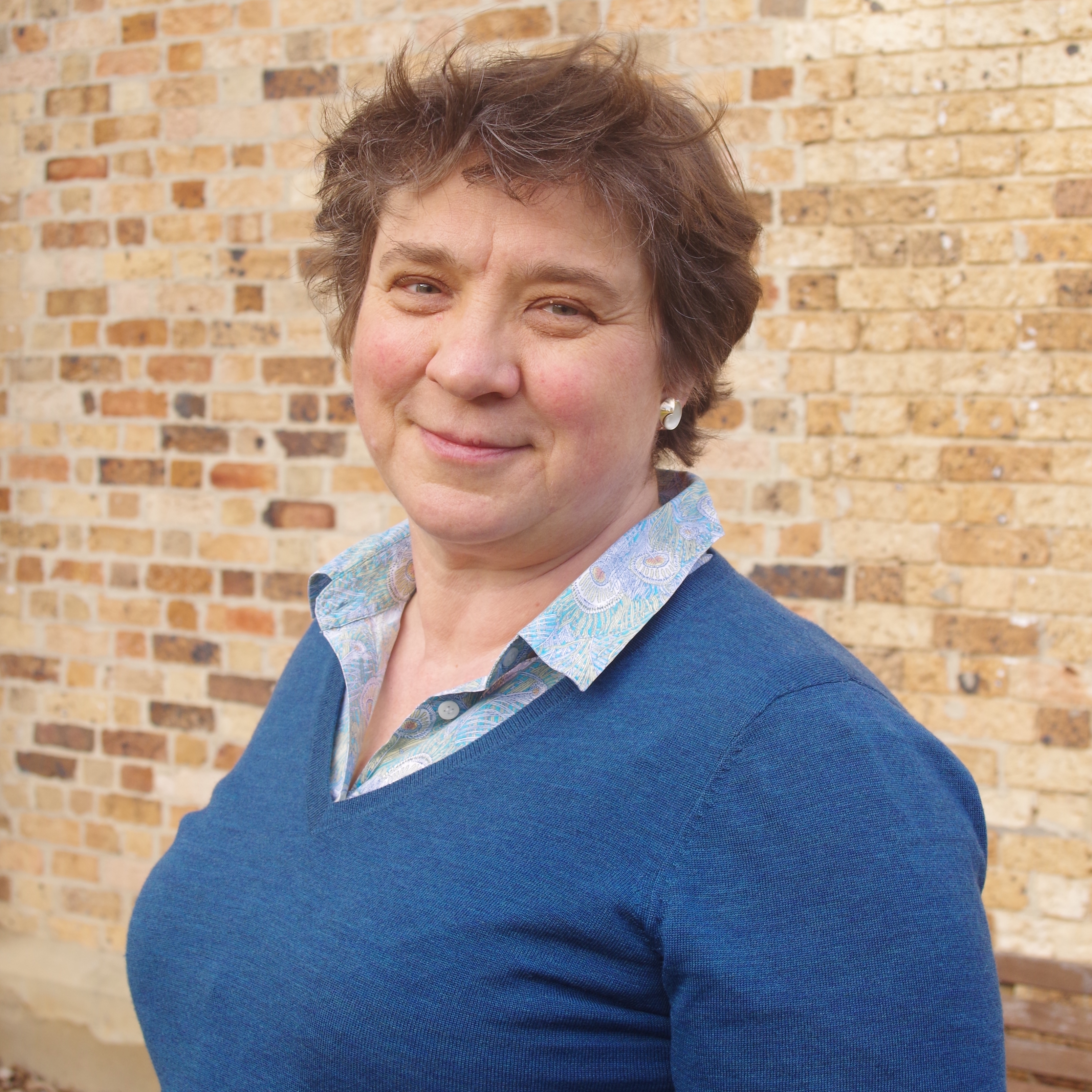SMB2025 University of Alberta
The mathematics of lipids and cells; modelling the development of atherosclerotic plaques
July 13-18, 2025
Plenary-06
Mary Myerscough
Professor of Mathematical Biology
University of Sydney
Abstract:
Atherosclerotic plaques are fatty accumulations inside the walls of major arteries. They are the principal cause of ischemic heart attacks, strokes, and peripheral vascular disease. Their formation is driven by chronic inflammation, which is initiated and fueled by the presence of cholesterol-bearing modified low-density lipoproteins in the vessel wall. Atherosclerosis, like cancer, is a major cause of death and disease worldwide. Unlike cancer, it has not, to date, been well studied by mathematical biologists and other modelers, and in particular, the cellular and immune processes that drive plaque formation, maturation, and ultimately plaque fate have not been widely modeled. In scientific research, plaques must be grown inside an experimental animal, and each plaque can be viewed at just a handful of time points. In clinical practice, plaques in humans are usually only observed at the late stage when clinical complications occur. Hence, there is a clear role for modeling and simulation in understanding the dynamics of plaques and the factors that influence their growth or regression. In this talk, I will present research on ODE and PDE models for immune cell populations and the lipid (cholesterol) that they contain. In particular, I will present work exploring the effect of timing in raising the level of high-density lipoprotein (HDL, which carries “good cholesterol”); structured population models for macrophages that include lipid trafficking; and a model to explore the outcomes of phenotypic changes in plaque smooth muscle cells.

